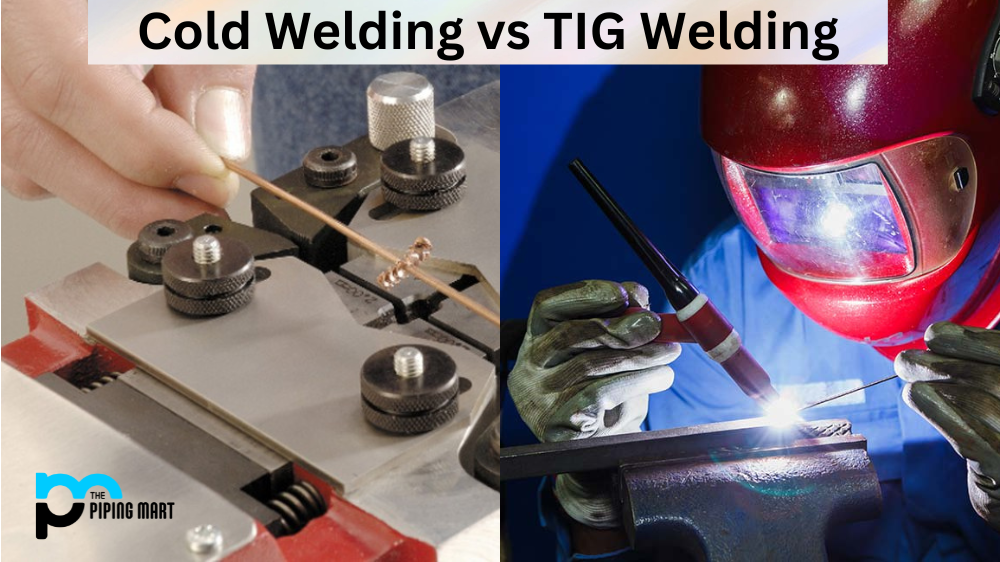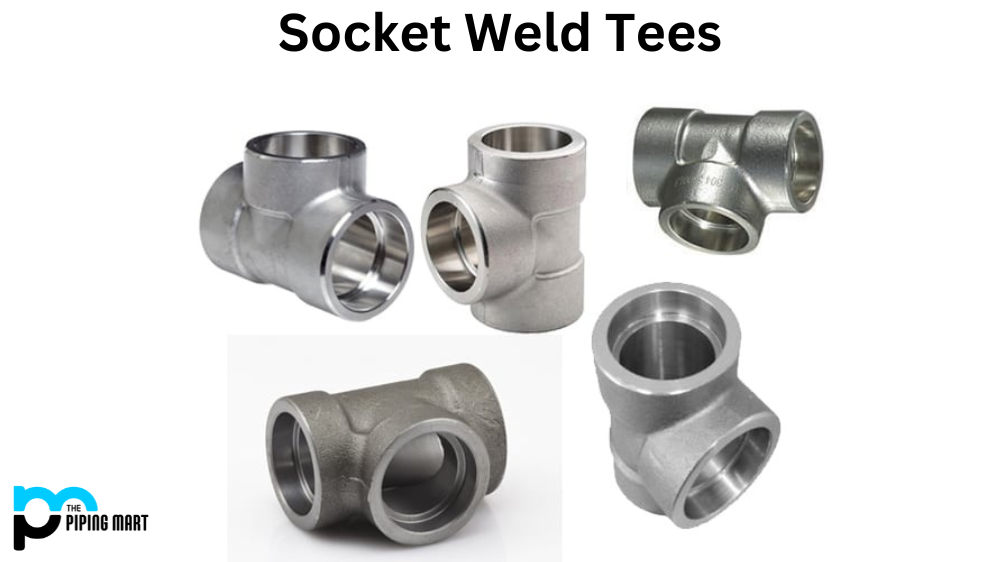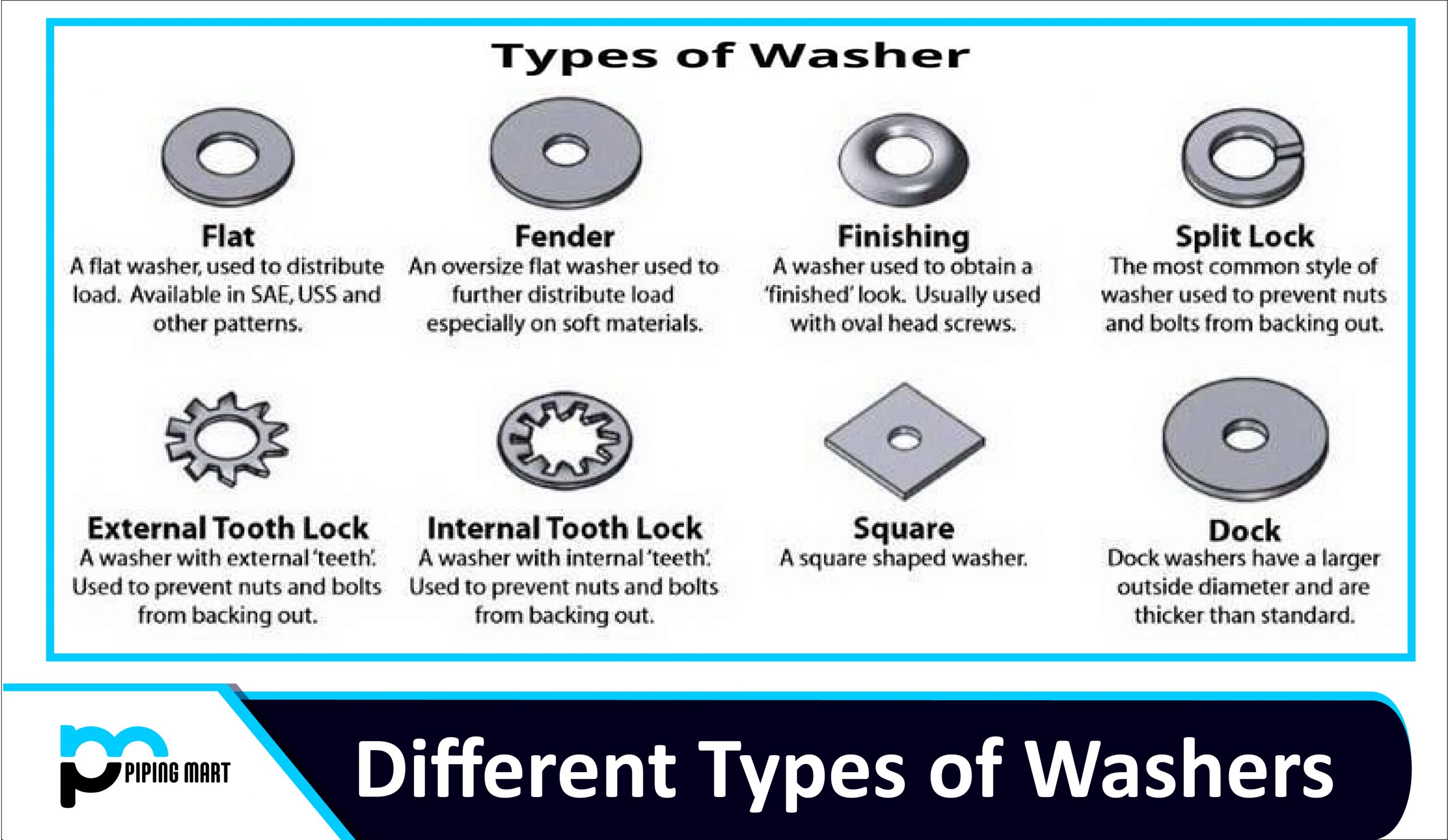Cold welding and TIG (inert tungsten gas) welding are two very popular types of welding processes. While they may seem similar on the surface, they each have their own unique benefits and drawbacks that should be considered when choosing the best option for your project. In this article, we’ll explore the differences between cold welding and TIG welding to help you decide which one is right for you.
Cold Welding Process
Cold welding is a process in which two metal surfaces are held together under pressure while an electromagnetic current passes through them. This causes the atoms in the metals to bond together, creating a strong joint without heat or other forms of energy being applied. The major benefit of cold welding is that it produces a strong bond between two materials with minimal distortion and requires no additional tools or equipment beyond what’s already available in most workshops. However, it can only be used to join two metals that are chemically similar; otherwise, it won’t work properly.
TIG Welding Process
TIG (inert tungsten gas) welding is a process in which an electrical arc is generated between a tungsten electrode and the material being welded, melting both materials together to create a strong bond. This process requires more skill than cold welding because it takes precision and control to ensure that the weld is successful. Additionally, there’s more equipment required as well as safety considerations due to the high temperatures involved with TIG welding. Its major benefit over cold welding is its versatility; it can be used on any type of metal regardless of its chemical makeup.
Difference Between Cold Welding and TIG Welding
- Cold welding is a process that uses pressure and friction to join two pieces of metal together.
- Tig welding is a process that uses heat to join two pieces of metal together.
- Cold welding is more commonly used for joining metals that are difficult to weld, such as aluminium and stainless steel.
- Tig welding is more commonly used for joining metals that are easier to weld, such as carbon steel.
- Cold welding is more likely to result in a strong joint between the two pieces of metal.
- Tig welding is more likely to result in a weak joint between the two pieces of metal.
Conclusion:
Ultimately, whether you choose cold welding or TIG welding depends on your project’s needs and requirements, as well as your own skill level and available resources. If you’re looking for a fast and easy way to join two similar metals without requiring extra tools or safety precautions, then cold welding might be right for you. On the other hand, if you need greater flexibility with different types of metals, then TIG welding will likely fit better into your project plans. No matter what type of weld you choose, make sure you always take proper safety precautions when working with electricity or high temperatures!

Abhishek is a seasoned blogger and industry expert, sharing his insights and knowledge on various topics. With his research, Abhishek offers valuable insights and tips for professionals and enthusiasts. Follow him for expert advice on the latest trends and developments in the metal industry.




